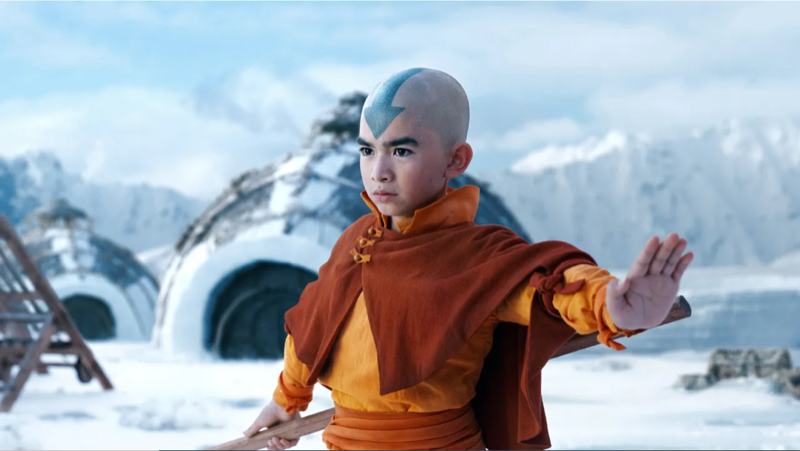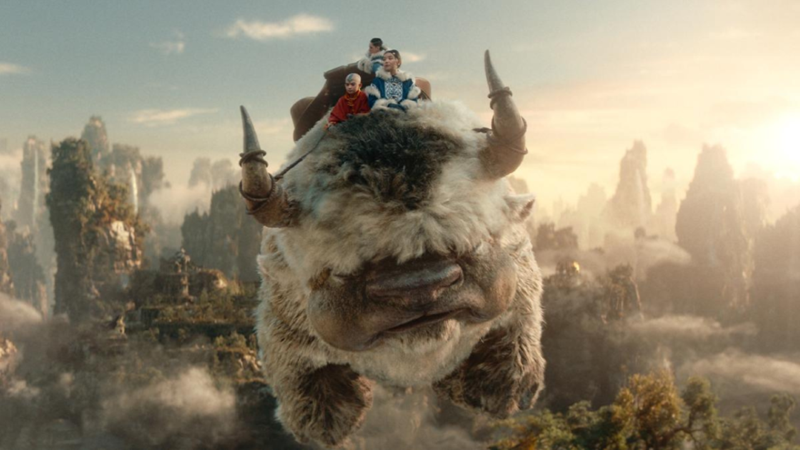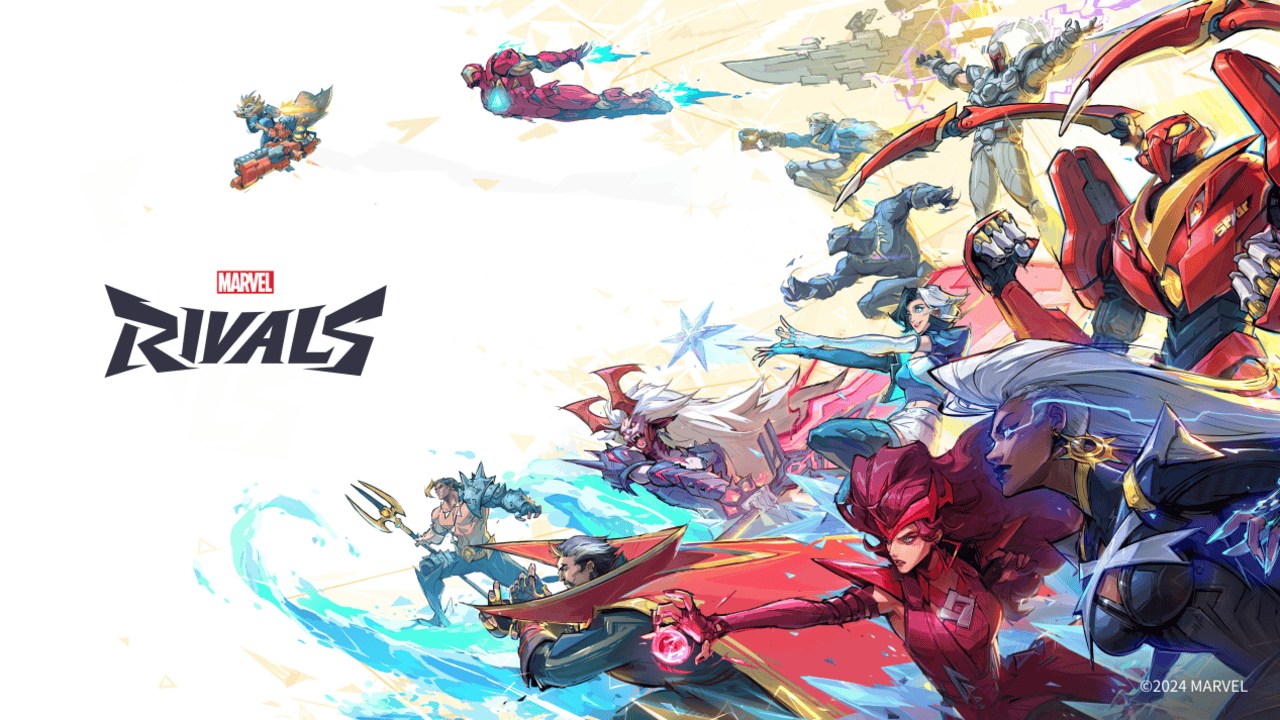'Avatar: The Last Airbender' Season 1 Episode 1 Review
Image Source: Super Hero Hype
Wow.
That’s the first thing that comes to mind in just the first few minutes of the live-action adaptation of Avatar: The Last Airbender. This certainly isn’t the M. Night Shyamalan movie that spawned a generation of dread over live-action adaptation and an army of memes (There is no movie in Ba Sing Se), and it certainly isn’t a “kids” show anymore.
Let’s remember before we continue, that this is an adaptation of a cartoon, a show that had 22 episodes to tell the story in the first season. Long seasons like that are a thing of the past, so considering that this first season is eight episodes, each nearly an hour long, is somewhat of a blessing in the world of adaptations. Adaptations are hard to do when restricted, and just as well when they are in different mediums. Cuts, adjustments, and changes have to be made to have it make sense.
RELATED:
With that said, this season starts with a scene 100 years from the main story, with an earthbender running through the streets of the Fire Nation capital, evading police. He carries a scroll in his hands, and it turns out that the scroll contains intelligence of the impending war the Fire Nation, under Fire Lord Sozin, intends to launch. What follows before the show picks up where the cartoon started is what we saw through flashbacks in the cartoon, or wasn’t there at all. In the original show, we know Aang ran from responsibility after learning he was the Avatar, only to be caught up in a storm at the South Pole, and when entering the Avatar State, became entombed in a ball of ice for 100 years. That’s depicted here simultaneously as the Fire Nation arrives and begins to slaughter the airbenders. This wasn’t shown in the cartoon and only alluded to. Seeing it now is gut-wrenching and really helps drive home the emotion people feel toward the Fire Nation’s fascism. It picks up after the murder of Monk Gyatso where the cartoon started, with Katara and Sokka finding Aang in the ice.
Image Source: GQ
There were a lot of concerns by fans going into this. Pacing. Character development. Fun. With the first episode, many of those concerns should be allayed, while others are understandable, but keeping in mind how adaptations work and their limitations, should not be a concern. The pacing of the first episode mostly works. Some questionable writing choices perhaps could have worked better another way to not make some scenes feel a little rushed, but on the whole, it works. It essentially covers the first three episodes of the cartoon in terms of plot, with Aang, Katara, and Sokka making it to the Southern Air Temple and Aang coming to terms with the fate of his people by the end of the episode. There’s a breakdown of the episode titles and what they likely cover in another article, and based on this first episode’s pacing, the rest of the season should be pretty solid.
The acting helps sell the characters and their development. Recent interviews cast doubt on the show, especially when it came to Sokka, but I think too many people (mostly online) get fixated on one thing that isn’t that central to a show. For example, the concern was over Ian Ousley, who plays Sokka, making statements about a diminishing of Sokka’s sexism. In the cartoon, Sokka’s sexism is essentially eradicated when he’s put in his place by the Kyoshi warriors. That’s episode four of the original show. The elements of it are still there, but the real arc of Sokka’s development was finding his confidence and believing in himself as a leader. The sexism was just a cultural and fractional element of that larger growth. His obsession with protecting the village in his father’s absence, and subsequent treatment of Katara and others, gives the subtle tones that he thinks it’s a man’s duty to do these things. It’s facilitated by Kiawentiio’s portrayal of Katara lamenting Sokka’s protectionism blinding him to her ability to be a warrior as well.
Image Source: Pedestrian
Paul Sun-Hyung Lee, Dallas Liu, and the rest of the cast are phenomenal as their characters. Liu’s portrayal of Zuko is perfect. He beautifully captures Zuko’s obsessive nature with finding the Avatar and conveying his personality with the same over-the-top kind of patriotic style of speech that Dante Basco originally put forth in the original cartoon. I can’t think of a better person to play Uncle Iroh than Paul Sun-Hyung Lee. The philosophical and worldly father figure to Zuko is there in all his greatness.
The only real difficulty in buying into a character was, unfortunately, Aang’s portrayal by Gordon Cormier. It’s the first episode, so we have to be patient and see if he comes into it, but in the really emotional points of the show, Cormier just doesn’t sell it enough for me. The revelation that Aang is the Avatar was delivered almost as an aside, to the point that imagining myself in Aang’s shoes, just comes off as almost “hey, by the way, you’re the Avatar.” It’s further underwhelming with Aang’s reaction. It’s too…subdued. He’s 11 years old. That’s middle school age. Where’s the angst and emotion? The whole scene is a missed opportunity, as are the rest of the episode’s instances where Aang is continually presented and confronted with the reality that he is the Avatar and still has to deal with the Fire Nation. I hope this improves as the show goes on. I will say though, he captures well that quirky little kid energy when he smiles and has dialog with the other characters.
In general, though, the show is off to a great start. Spending more than a year in post-production has already paid off; the bending is incredibly well done and fluid. The showrunner’s comments about this not being a kid’s show is for damn sure. The entire scene of the firebender slaughter of the airbenders is hard to watch and jolts you out of your reverie for the cartoon and its coming-of-age innocence. If the rest of the season is as well done as this first episode, we’re in for a real treat, both fans and newcomers alike.
Rating 8/10
READ NEXT:
Source(s): Netflix
















